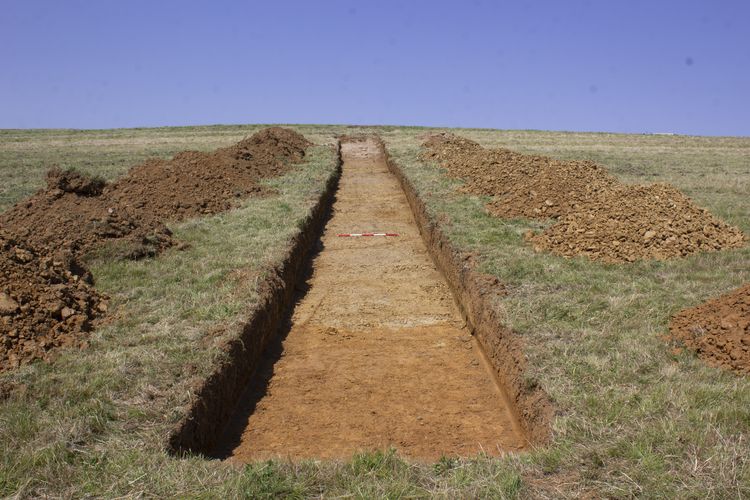The ADS Easy interface will undoubtedly streamline our processes for the acceptance of files and file-level metadata. Ultimately, this data will be stored in our internal Collection Management System (CMS) which is based on a java web application and an Oracle database. Hence, a major part of the ADS Easy project has been to develop the CMS in order to reflect the improvements brought about by the ADS Easy interface. This work, which started in August, has already significantly increased the efficiency of our workflow processes and has resulted in a lowering of the time spent on ingesting collections. Moreover, the CMS itself has been greatly enhanced by the changes necessary for the acceptance of the ADS Easy data for accessioning. Some specific examples of the way in which the CMS has been improved are:
- In making sure that the ADS Easy data will migrate seamlessly into the CMS when the time comes, a new database structure has been designed. This database which stores information on file level metadata, is based on the ADS Easy tables which request the metadata, and changes have been made to the CMS code in order to simplify the integration of the new structure into the final dissemination route within the ADS front end.
- e-Licences have been introduced to the CMS in order to reflect, for archives deposited by CD or DVD, those processes developed in ADS Easy. This has resulted in a substantial time-saving when notifying the licence holder and on receiving their acceptance; our quickest response has been 5 minutes, just enough time to read and agreed to the terms of the licence!
- An expanded financial section has been added to the CMS which will accept the transaction data entered in the ADS Easy interface. Enhancements will allow us to track payments by Financial Year and allow us to more easily predict future income.
- In preparation for the acceptance of ADS Easy data, the current section of the CMS which deals with geographic coordinates has been streamlined and simplified.
- In order to further streamline our processes, our checklists which detail the workflow for ingesting collections have all been moved on-line in the CMS. Not only is this more efficient but it has made the checklists more available to all our archivists.
The above examples point to the fact that the ADS Easy project has provided us with a great opportunity to look at our internal processes and to think about how they can be improved. Further developments are currently in the pipeline and we will be spending more time in the coming months updating the CMS interface so that the ADS Easy data can be displayed and modified during the process of archiving and preservation. We hope to share these exciting developments with you in future blogs.





